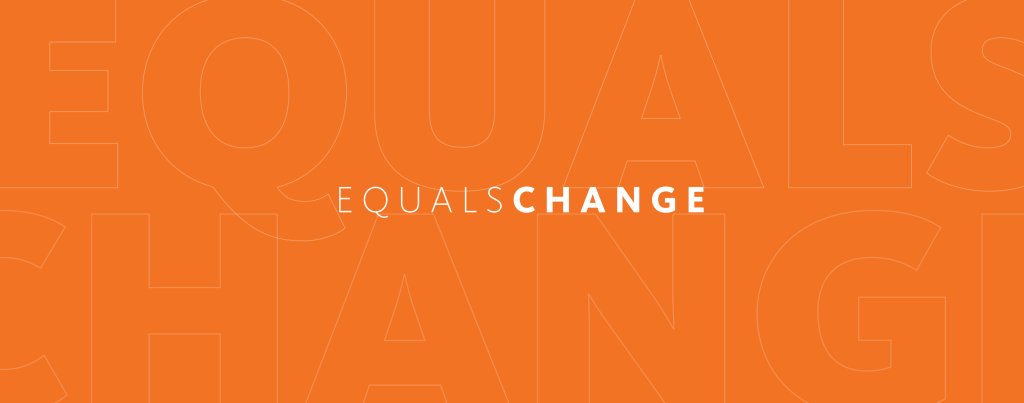
A thoughtful series of articles in the latest Stanford Social Innovation Review tackles the question of how foundations guide their grantmaking in complex issue areas, where strategy is not a simple matter of A leading to B. John Kania, Mark Kramer and Patty Russell of the nonprofit consulting group FSG argue that foundations can employ a more nuanced model of strategic giving that better suits the complexities of making change in the real world.
Emergent strategy “gives rise to constantly evolving solutions that are uniquely suited to the time, place, and participants involved,” write Kania, Kramer and Russell. “It helps funders to be more relevant and effective by adapting their activities to ever-changing circumstances and engaging others as partners without the illusion of control. It is messy and challenging, but far more realistic about the role foundations can play in social progress.”
Their article is followed by responses from several philanthropic leaders, including Ford Foundation President Darren Walker. His response is reproduced below, and you may read the main article and all responses to it at the Stanford Social Innovation Review.
As John Kania, Mark Kramer, and Patty Russell’s provocative article affirms, philanthropies should, and do, deploy a multiplicity of methods in both our work and our assessment of its impact. This rich variety of approaches—and the robust dialogue and debate that go along with them—powerfully represents the diversity that makes our sector strong.
In the spirit of this dialogue, I will be blunt: philanthropy is at an inflection point. During the last decade, our sector has become mired in a false choice. We have been trapped in a binary discourse that categorizes grantmakers as either strategic or undisciplined, either focused or haphazard, either rigorous or sloppy. Too many of us have bought into a polemic that fails to account for the ways in which social change transpires. Worse still, by pressing our grantees to see the process of social change in this same inauthentic light, we inadvertently undermine their efforts when we should be empowering them.
The heart of our sector’s challenge is that “strategic philanthropy” too often minimizes or ignores complexity because it is difficult to understand, predict, and factor into a formula. Better, doctrine tells us, just to limit and contain it. We look for silver bullets and simple solutions because we have convinced ourselves that if it cannot be measured, it does not matter. And in turn, we miss potential breakthroughs.
My perspective is informed by my experience as a grantmaker and—importantly—as a grantee at Harlem’s Abyssinian Development Corporation. During those days, I—and many of my colleagues— sometimes felt imprisoned by logic frameworks, theories of change, and elegant PowerPoint decks that sought to oversimplify how our neighborhood revitalization programs would affect our community. To us, social change could not be diagrammed with boxes and arrows, even though the foundation initiatives that funded our work demanded we explain it within a neatly organized “strategic framework.”
I believe that philanthropy is at its best when we promote and protect a marketplace of ideas. Given free, full, and transparent conversation, the best idea ought to prevail. Why should it be any different in our own approaches to our own work? After 15 years of experimentation and experience, we know that social change does not follow an algorithm. It is messy. It comes in fits and starts, through feats and defeats. It unfolds in different patterns, at different paces, in different places. And because change in complex systems is unpredictable—no matter how well-intentioned and well-reasoned the model behind it—the time has come for us to set aside our adherence to a prescriptive theology that constrains how philanthropy approaches solving complex challenges.
Where do we go from here? First, we should open our eyes and minds to the entire spectrum of alternatives—approaches that anticipate and embrace complexity without neglecting rigor and outcomes. We absolutely must focus on outcomes—on economic equality, environmental stewardship, and social justice. These crucial challenges are the reason for our very existence. At the same time, we should support our grantees’ pursuit of these outcomes without being doctrinaire and directive about their precise technique.
Furthermore, philanthropy needs sharper tools and more inclusive frameworks that allow us, as philanthropists, to account for the considerable complexity of real-world problem solving. To date, our culture has stigmatized program work that relies more on grantees’ perspectives than on grantmakers’. We should be celebrating it. Finally, we in philanthropy need to reorient the way we see ourselves. We frequently assume that foundations are central protagonists in the story of social change, when, really, we are the supporting cast.
We each must play our own role. Our institutions can seed innovations. We can help grantees identify when and how to pivot. We can spread new ideas and best practices. We can harvest and harness learning from many grantees to improve our practice. But we are not—and we should not position ourselves—at the center of the process. It is our partners and grantees who implement and execute. This fundamental recognition must inform what we do and how we do it. After all, our most important obligation is to stand with courageous and creative visionaries on the front lines of social change, not to demand that they fall in line behind us.